In this post we will see the importante of art storage and handling for the conservation of cultural heritage
Art storage and circulation of cultural objects can happen internally within the institution whenever there is the need to carry out a photographic survey, research, exhibitions, etc..
Or externally whenever there are temporary exhibitions, restoration interventions, etc.
During these moments, handling should always be made with care, in order not to damage the objects (which can be irreversible).
In order for this task to be effective, the technical staff responsible for the art storage and handling must be fully equipped, whether the objects are being moved internally or externally.
We share some advices for art storage and handling from the online course Preventive Conservation.
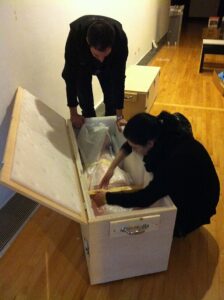
Minimize risks
The goal of a correct art storage and handling is to minimize risks and ensure the preservation of the objects.
Let’s look at some of the main topics concerning a proper art storage and handling handling when moving or transporting cultural goods:
 – Promote appropriate handling:
– Promote appropriate handling:
by preventing neglect, we minimize risks (like deformation or breakage).
– Check the conservation status of the piece.
Observe the state of the object, before and after having it moved, to better control the process of handling.
– Use suitable packaging (materials and packaging itself).
It should minimize shocks and help in proper conditioning of the object.
– Transportation should be adequate and safe.
Minimize the dangers inherent to travelling.
– Avoid moving the objects unnecessarily.
– Take into account the frailty, the rarity, the interest of the object and its state of conservation.
– Identify the objects’ weak spots
(wings, handles, cables, edges, parts that already suffered interventions, cracks,…).
Handling procedures
– Concentrate on the task at hand while proceeding to art storage
(avoid talking on the phone while handling an object for example).
– Wear gloves
to protect the objects of grease, moisture, acids and salts that your hands may release.
– Wear suitable gloves
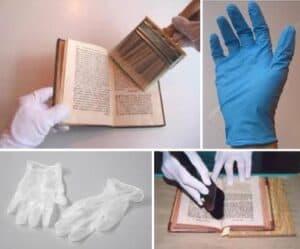
they should fit your hand and be according to the material you are working with (for instance: do not use cotton gloves if you are handling glass, because the object may easily slip and fall down).
On the market there are several types of gloves (cotton, latex and nitrile rubber gloves).
– Change gloves whenever handling a new object (to avoid contamination).
– Use both hands to hold the object you are handling;
– Move the objects one at a time;
– Take care that the surface where you handle the objects is soft and coated with a suitable material;
– Do not use wide sleeves, rings, bracelets or necklaces that can get caught or scratch the objects (they can damage or endanger them).
It is best suited to wear a lab coat;
– Never use adhesive tape or modelling clay (plasticine) directly on the materials: they leave stains and lead to further damage;
– Use foam or other suitable materials to stop each object of tipping during handling.
Handling large or heavy pieces
Moving larger or heavier objects must also be well planned. Sobefore proceeding to art storage and handling :
– Count with the largest possible number of people to help with the task.
– Use mechanical means (like pallet trucks, stackers, trolleys).
– Note and identify points on the route that may become or have obstacles (such as stairs, corners, narrow aisles, low corridors where the objects may not pass).
– Synchronize and watch carefully every movement (avoid sudden and inadequate movements).
Why is Preventive conservation important?
We relate Heritage with a people and their material or immaterial goods. Because of the timeless value they express, these goods must be taken care of as fundamental elements of society and culture.
The collective memory is the heritage of our ancestors and it should be transmitted to future generations. This heritage must be preserved and restored and demonstrate, whenever possible, the beauty of the Past.
Preventive conservation is a way of preserving our heritage, the memory of all of us.

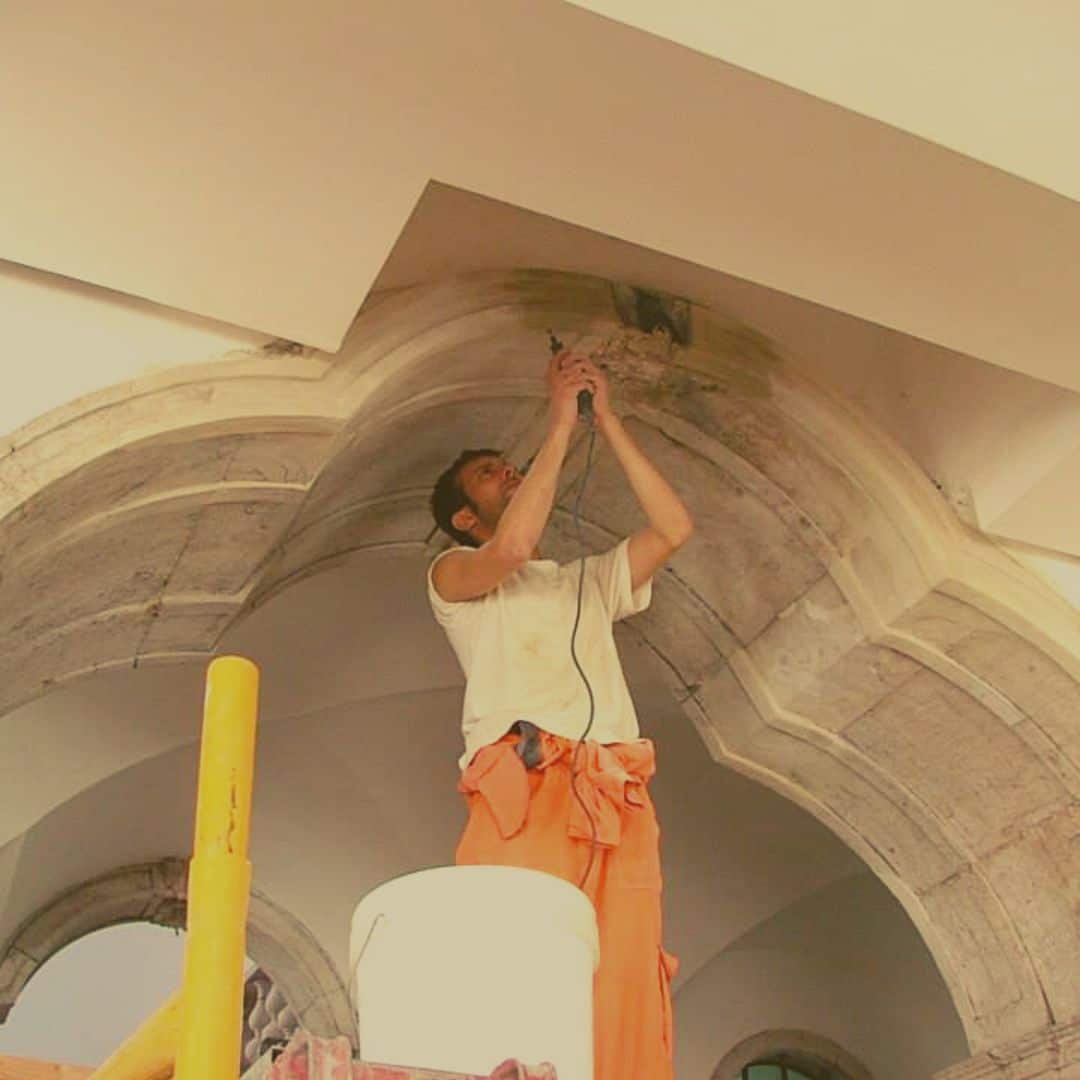

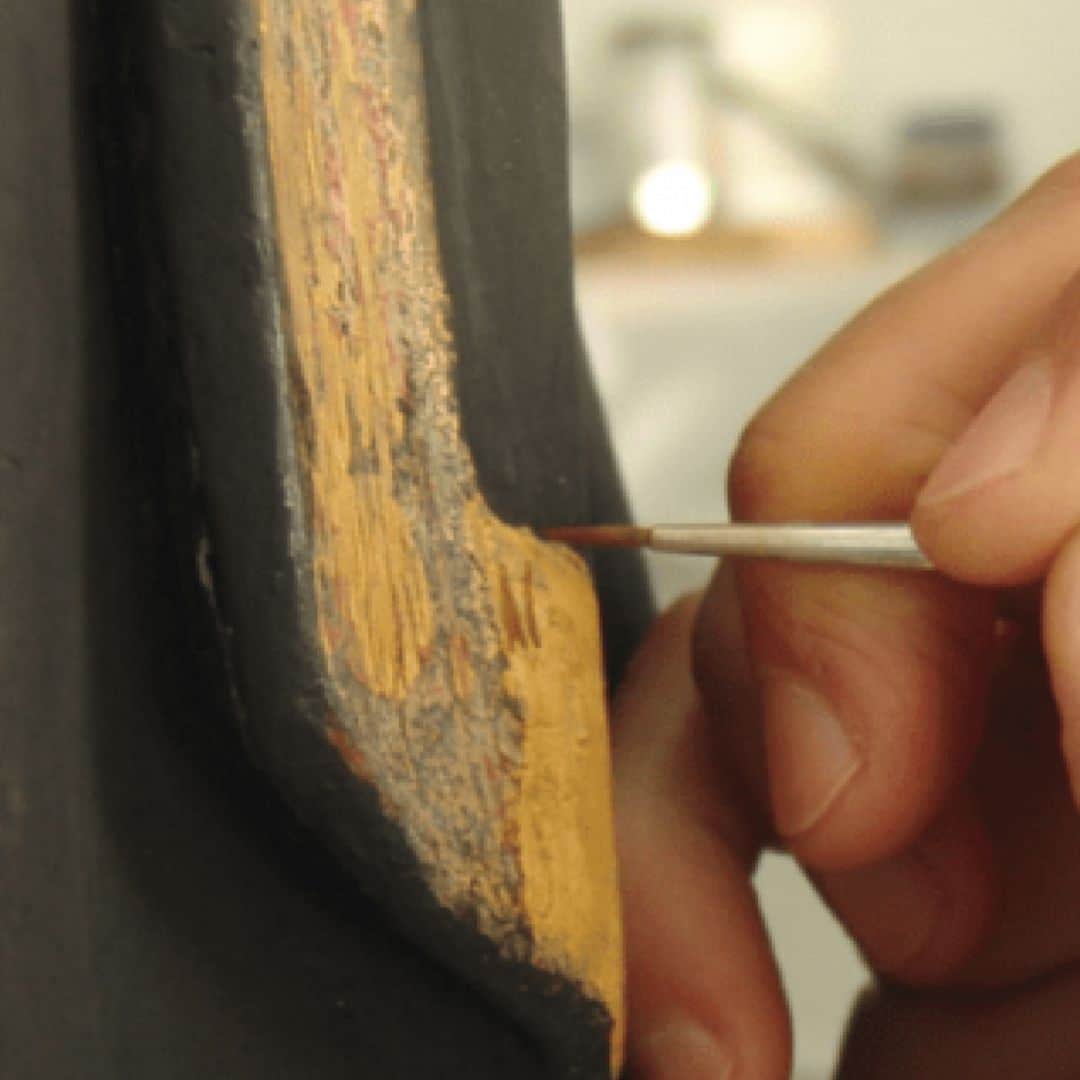
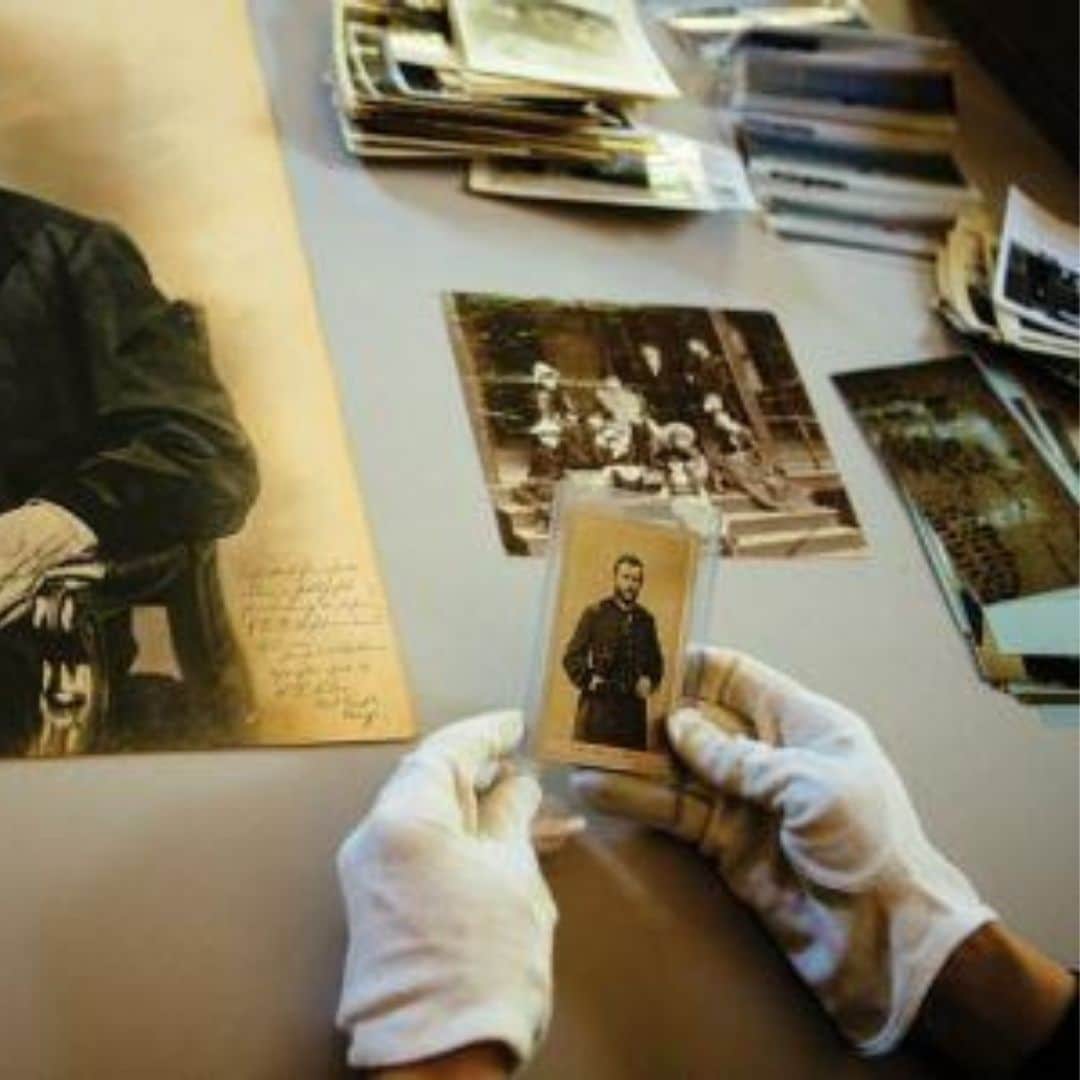

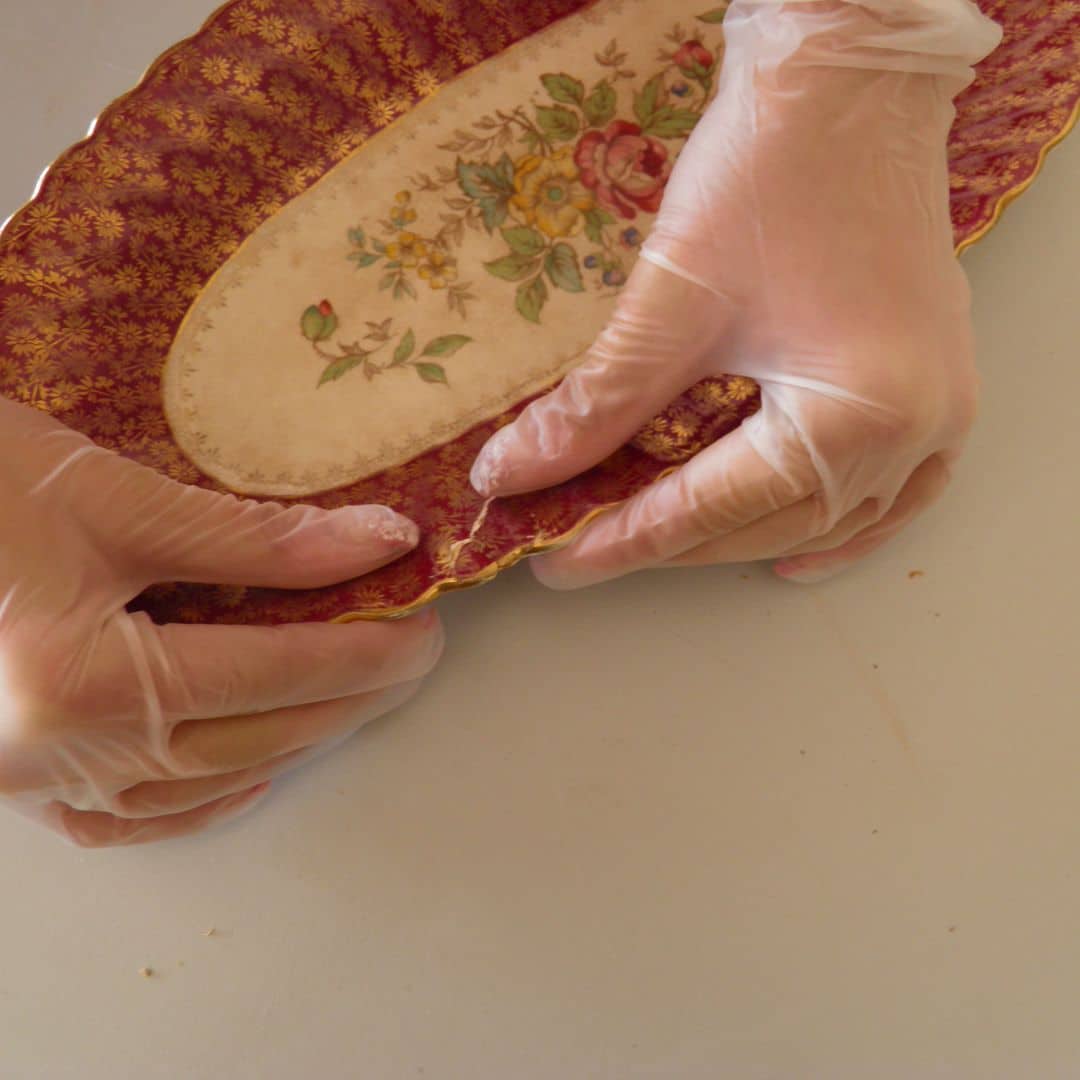
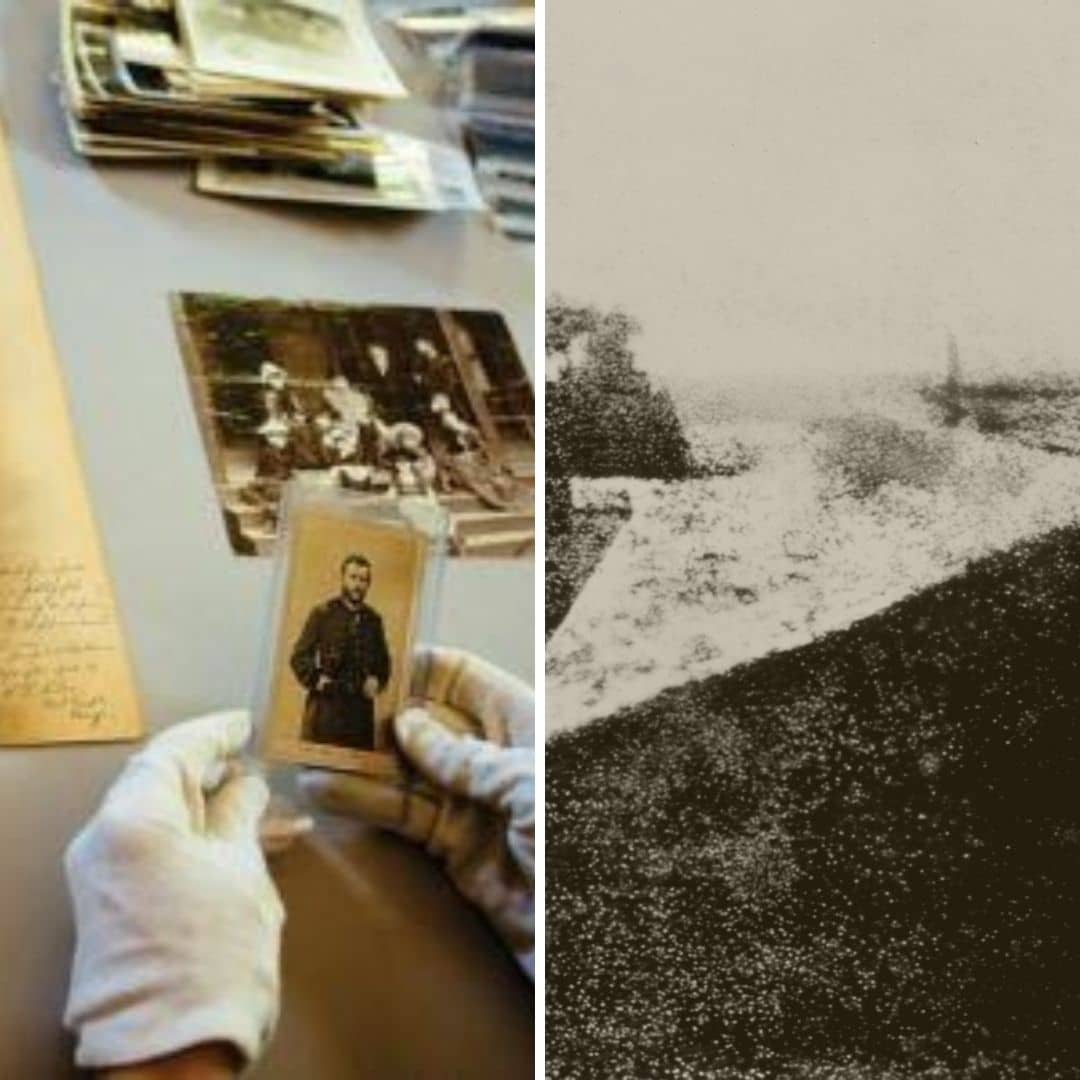
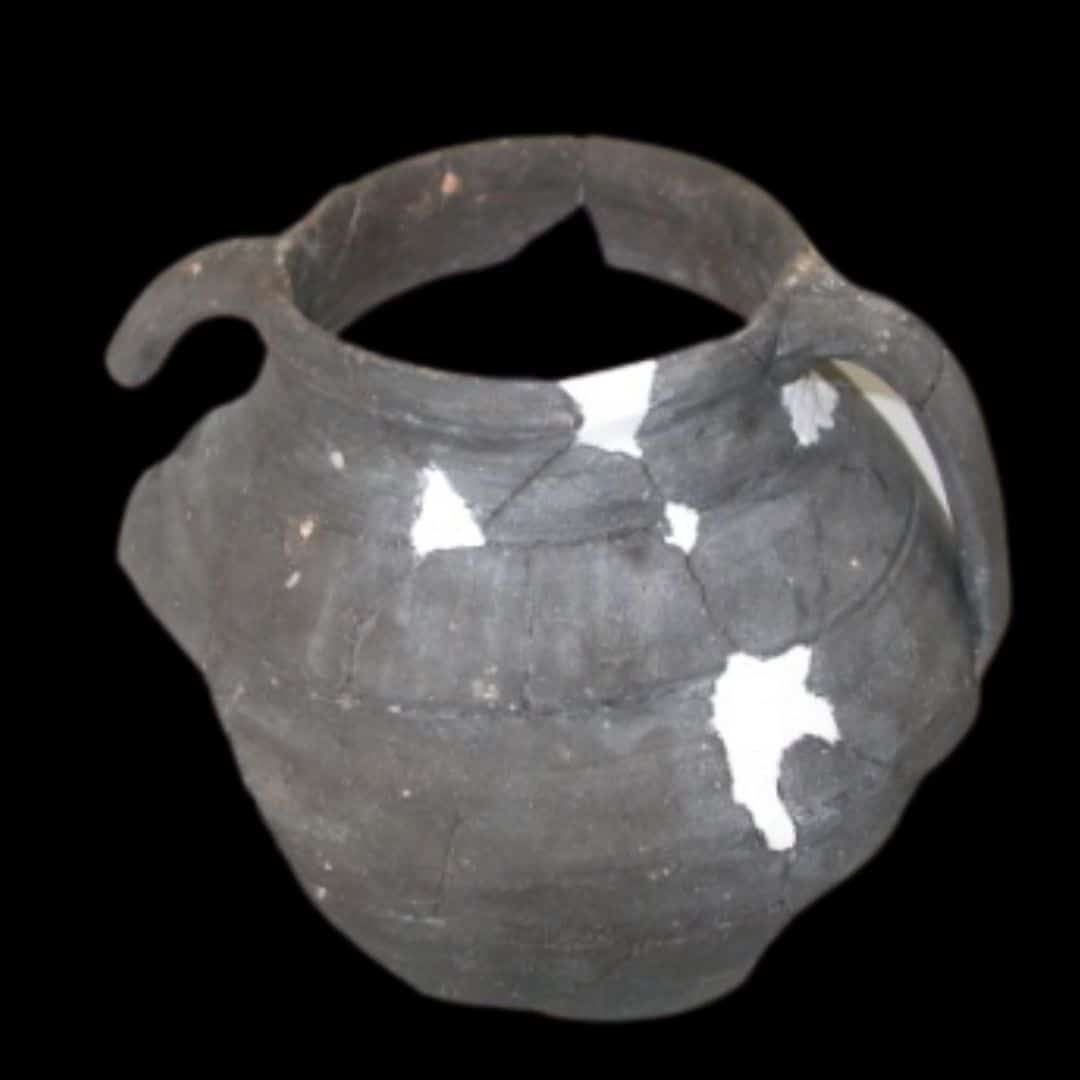

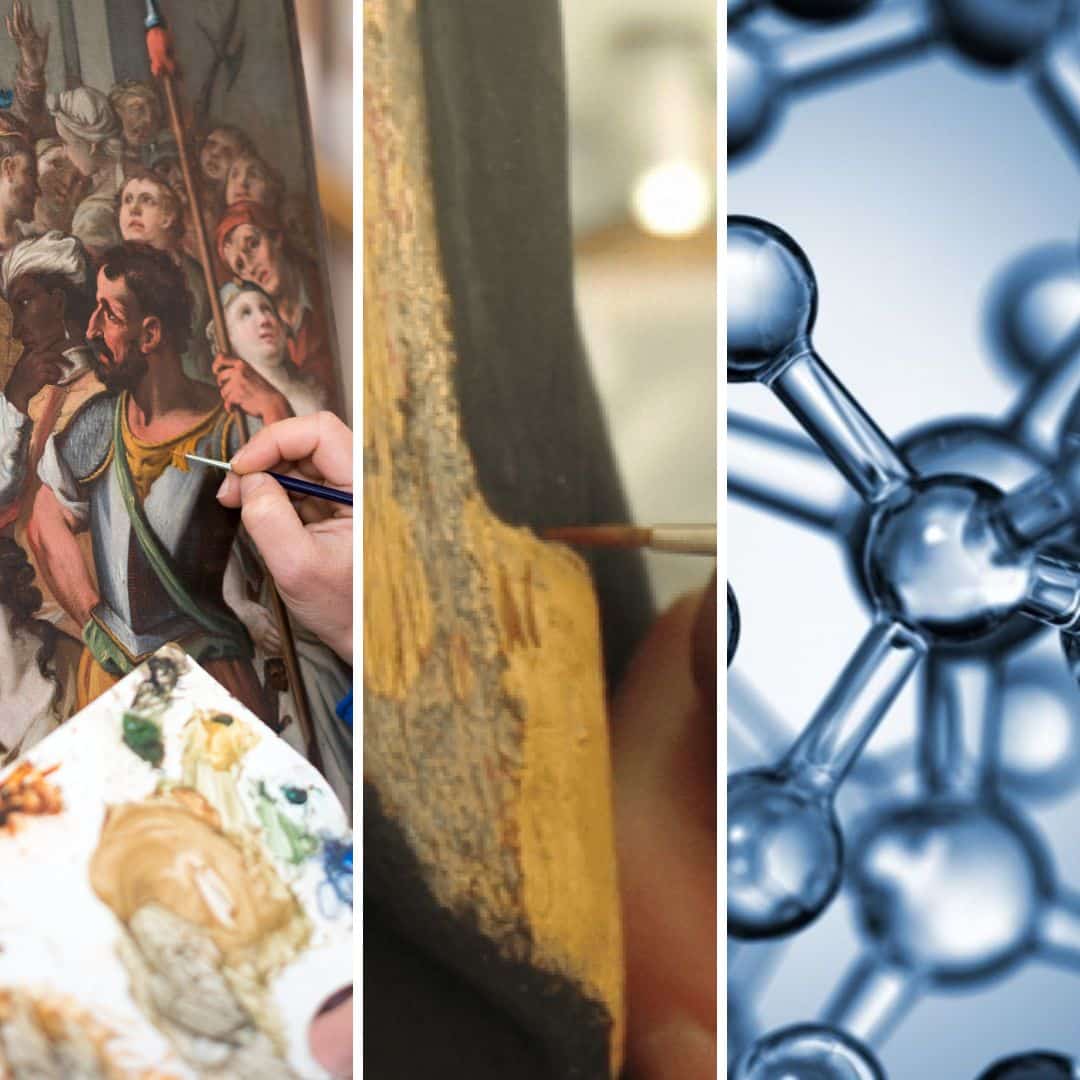
3 Comments.
Nice post. I was checking constantly this blog and I’m impressed! Very helpful information specifically the last part 🙂 I care for such info much. I was looking for this particular information for a very long time. Thank you and good luck.
Hi I am so thrilled I found your blog, I really found you by mistake, while I was researching on Yahoo for something else, Nonetheless I am here now and would just like to say cheers for a marvelous post and a all round enjoyable blog (I also love the theme/design), I don’t have time to read through it all at the moment but I have saved it and also added your RSS feeds, so when I have time I will be back to read a lot more, Please do keep up the awesome work.
My wife and i have been joyous when Albert could complete his studies using the precious recommendations he discovered out of the web pages. It’s not at all simplistic to simply always be giving away secrets which often other people could have been selling. And we also realize we need the website owner to be grateful to for that. Those explanations you’ve made, the easy website navigation, the friendships your site help to create – it’s got many incredible, and it’s leading our son in addition to us believe that the matter is fun, which is unbelievably essential. Thanks for the whole thing!